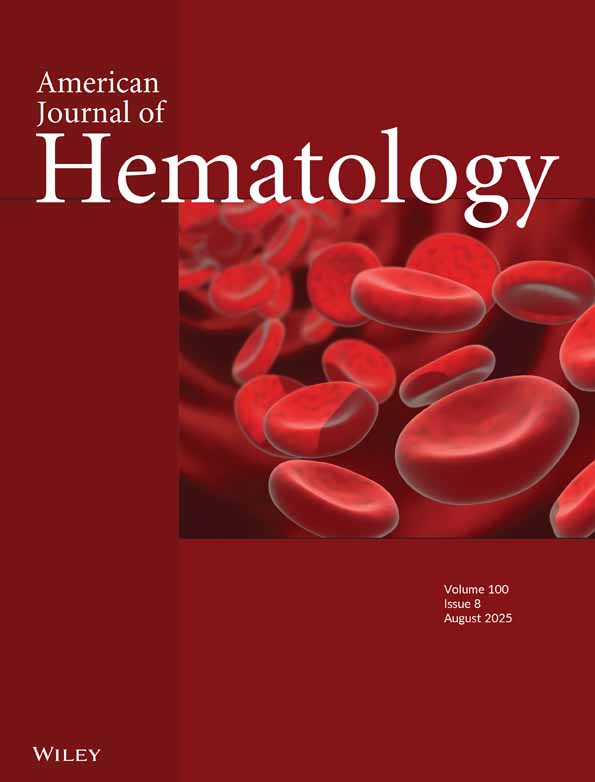Follow-up of sickle cell disease patients with priapism treated by hydroxyurea
Abstract
Hydroxyurea is one of the most successfully used therapies for sickle cell disease. Results of many clinical trials point to hydroxyurea administration for patients with frequent painful crises and acute chest syndrome. Priapism is one of the complications that could be prevented by hydroxyurea, but there are few reports demonstrating the results. Since November 1993, hydroxyurea has been used in our clinic for preventing priapism in patients with stuttering or major attacks who are still capable of achieving intercourse on demand. Five patients were enrolled in the study, and 4 cases benefited by this treatment. After the initial treatment for the acute attack, all five patients developed stuttering priapism. Hydroxyurea was then introduced at the initial dose of 10 mg/kg, and as the hydroxyurea dosage increased, the number or length of priapism episodes decreased. One to two months after the maximal dose (20–35 mg/kg) was introduced, the episodes disappeared. In two patients, we were forced to administer over 30 mg hydroxyurea/kg to abort the episodes, and, in another patient, 25 mg/kg was necessary. All patients present normal sexual activity. Hydroxyurea was discontinued in two patients, but stuttering priapism reappeared. Hydroxyurea was then re-introduced, and priapism disappeared. One patient, using 20 mg hydroxyurea/kg, had a 6-year remission of priapism after hydroxyurea administration; however, he experienced stuttering priapism, 1 month before a major attack, that progressed to impotence. During that month, he did not seek medical attention. In conclusion, the data here presented suggests that hydroxyurea may prevent priapism attacks in sickle cell disease, probably at higher doses than usually prescribed for painful crisis prevention. Am. J. Hematol. 77:45–49, 2004. © 2004 Wiley-Liss, Inc.




